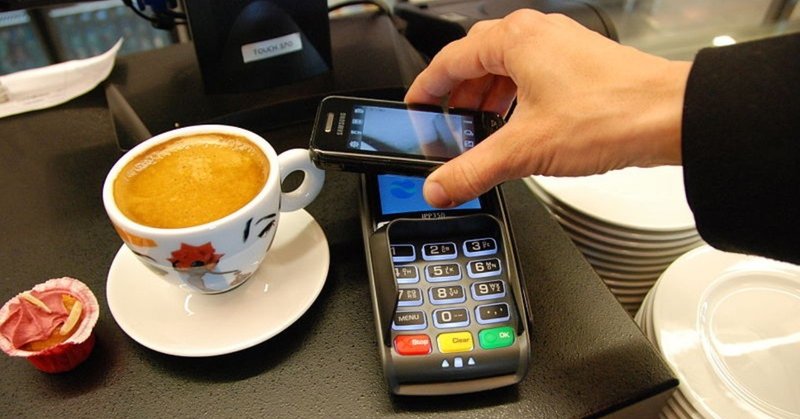
The interview on Cashless Payment
The other day, I got interviewed by Cashless Asia 2019 Forum. Here is the summary of it. You’ll see the interesting contrast between Japan and the rest of Asian Countries. Japan is still reluctant to go cashless much like US.
Q. In a recent statistic, cash and cheques still account for 40% of Singapore payments, while neighbouring countries like Malaysia, Indonesia, and Thailand are also on the verge to encourage the cashless agenda. There is still high cash dependency in the region and the reluctance to change is hindering the national cashless vision. What is your feedback?
A. According to the statistics of Bank of Japan, the percentage of cash payment within GDP is about 20% which is twice as Singapore. Japan is more dependent on cash. FinTech adaptation ratio (or the percentage of citizens utilizing more than one fintech service) in Japan is less than 10%. It’s very low. (In contrast, that of China is more than 70% and that of India is more than 50%.)
One of the major factors for low fintech adaptation is, people trust the cash system of Japan highly, in terms of processing speed, correctness, prevention of fraudulent activities, convenience (ATM at branch, ATM at CVS or something), etc.
So, that is the main roadblock to the cashless agenda proposed by the government.
Q. One of the many reasons why consumers and in many cases, corporations are not venturing the idea of going cashless is due to the fear of privacy and data leakage and cyber attacks. How do you think this situation has evolved and how has your organisation countered this challenge?
A. I think the trust of privacy protection and cyber security is very critical to finance systems. In Japan, the system for cash has been very solid and reliable historically, due to the functions to prevent or detect the fraudulent activities, the spread and convenience of ATM and the speed and accuracy of business process in banks and other finance business. The expectation from customers for new finance service is inevitably very high. Customers request new services like cashless payment to meet the same quality and reliability as the existing cash-based service. So, it is struggling to spread.
Strategies of Japanese internet companies for that is, we built the reward system first as the core of the ecosystem which is so-called point system. And then, we got the credit card business banking business, QR code payment, etc connected to it. That contributed to enhancing incentive of customers to buy products and user services in the ecosystem. Customers buy something to get points as a reward and they can use it for buying products or using services.
Q. In Singapore alone there are up to 30 e-wallets and more than 40 in Malaysia. While this is a clear sign that the economy is driven towards going cashless, most companies face the challenge of reinstating the value proposition of their services due to the number of players in the market and the choice consumers get to decide on. What is your feedback on this?
A. It is very good there are many players providing cashless services. At the same time, as you pointed out, it’s getting difficult to survive. In Japan, many cashless services try to attract consumers by doing huge cash-back or point-reward campaigns as written above. It’s now in the harsh competition.
In that situation, I think, the finance additional service holds a key. For example, Rakuten has a reward system called “Rakuten super point.” Plus, we have bank business. That is the differentiation with other players.
If merchants have account of our bank, we will transfer money to their account one business day after customers pay money to them via our cashless payment. That is an appealing point to merchants.
Q. Long gone are the days for consumers who favour making physical transactions. Millennials today are mostly experience driven and would thrive to achieve convenience when making payments. Do you think the consumer payment experience should come in first in priority or are there more important factors?
A. I agree generally to the point that customer payment experience is important.
At the same time, I think what is one of deciding factors for customers to use cashless payment is whether there are additional benefits to customers, for example, cashback, rewards, or something. Without that, consumers won’t switch from a familiar way to a new way.
Q. Payment providers often face the chicken and egg situation whereby the number of merchants using their services affects the number of users who would be keen and driven to subscribe to it. What strategies have worked for you, especially launching a new digital payment platform in the market?
A. For the strategy It’s the same as written above.
What’s more. In merchant PoV, they also expect additional benefit for installing cashless payment. For example, data analytics of user profiles, user behavior, etc. Merchants want to join the cashless service which has huge database about customers.
Q. Most companies especially financial institutions in the region are supporting the cashless initiative due to a lower management costs on cash. Is this a proven success for your organisation/business?
A. I totally agree to it in terms of operational cost. So, companies offering cashless payment method can offer additional benefit to customers. Like cash back campaign.
この記事が気に入ったらサポートをしてみませんか?
